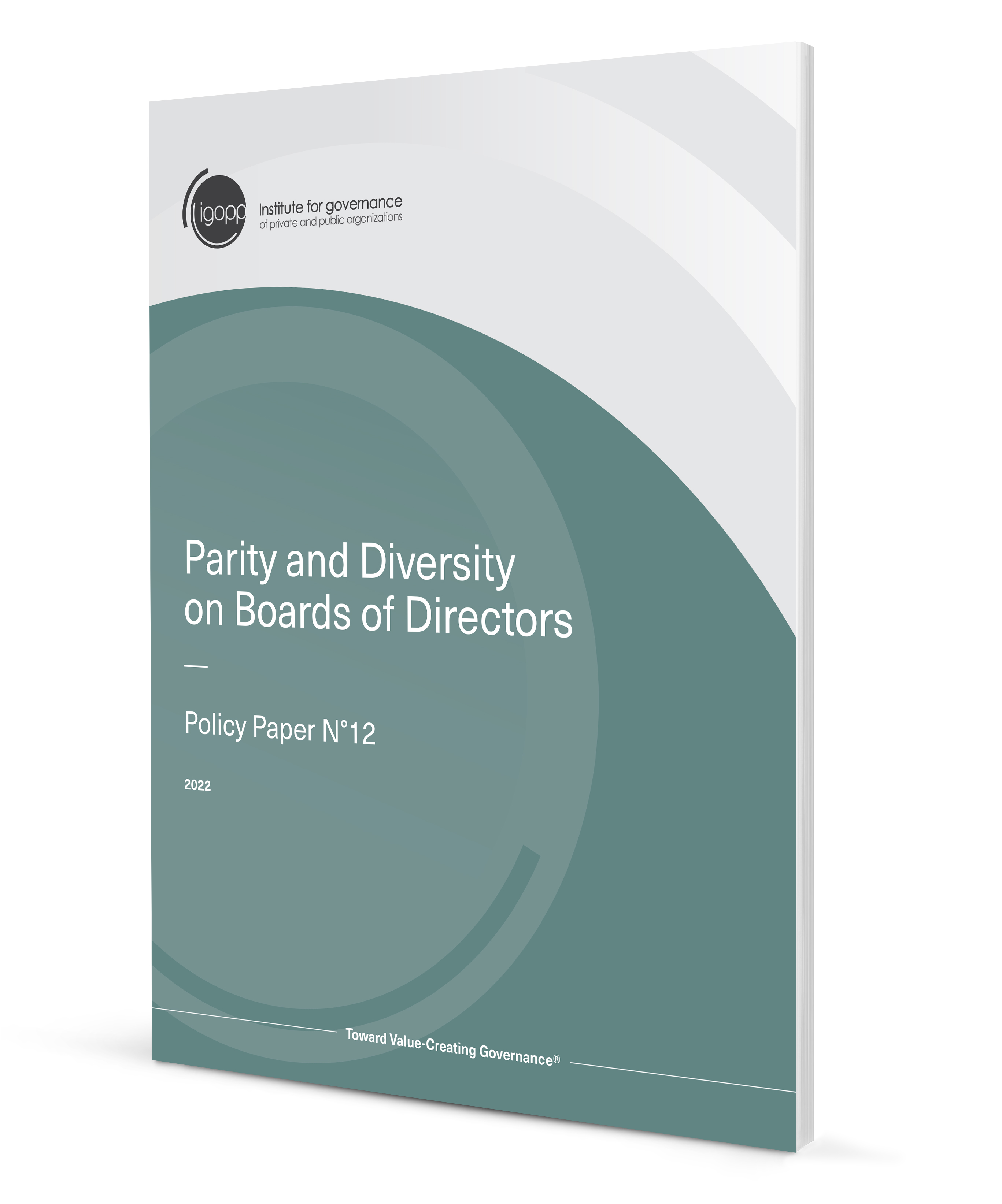The practice of a non-binding say-on-pay vote by shareholders spread quickly and broadly. It seemed that, finally, shareholders would be given the opportunity to express their dissatisfaction with outrageous or ill-conceived compensation packages.
The practice, at first, was voluntary with companies agreeing to submit their compensation policies to a vote. Then, as the number of volunteers remained small, investors submitted proposals whereby shareholders were to vote for or against the company having to carry out a non-binding vote on pay.
In some jurisdictions (the U.S. for instance), non-binding say-on-pay votes were made mandatory. In Canada, say-on-pay vote is not mandated but 80% of the largest companies have adopted the practice voluntarily or as a result of pressures by investors.
Now that say-on-pay has been around for a few years, what does research tell us about its effectiveness? Academic studies provide a mixed view at best. It would appear that say-on-pay has led to more dialogue between the company and large shareholders but did not stop the rise in executive compensation.
Some findings are disturbing as they point to unintended consequences. For instance, studies tend to show that shareholders vote according to the company’s recent share return rather than relying on an analysis of its specific compensation policies and practices. If the company’s stock performs well compared to its peers, almost any compensation package will be approved. This perverse result tends to increase the pressure on management to focus on short-term stock performance, sometimes through decisions that may impact negatively future performance.
But this result is not surprising. The challenge of reading and understanding the particulars of executive compensation has become far more daunting. Indeed, for the 50 largest (by market cap) companies on the TSX in 2015 that were also listed back in 2000, the median number of pages to describe their compensation went from 6 in 2000 to 34 pages in 2015, ranging all the way up to 66 pages. Investors with holdings in dozens or hundreds of stocks face a formidable task. The simplest way out is either to vote per the stock’s performance or, more likely, rely on the recommendation of proxy advisory firms (which also base their “advice” on relative stock market performance)
Thus, 66% of corporate directors do not agree that say-on-pay resulted in a “right-sizing” of CEO compensation; yet 83% of these directors very much agree or somewhat agree that say-on-pay increased the influence of proxy advisors. (Source: PwC and Cleary Gottlieb 2016, Boards, shareholders, and executive pay)
Boards of directors, compensation committees and their consultants have come to realize that it is wiser and safer to toe the line and put forth pay packages that will pass muster with proxy advisory firms. The result has been a remarkable standardization of compensation, a sort of “copy and paste” across publicly listed companies.
Thus, most CEO pay packages are linked to the same metrics, whether they operate in manufacturing, retailing, banking, mining, energy, pharmaceuticals or services. For the companies on the S&P/TSX 60 index, the so-called long term compensation for their CEO in 2015 was based on total shareholder return (TSR) or the earnings per share growth (EPS) in 85% of cases. The proxy advisory firm ISS has been promoting these measures as the best way to connect compensation to performance.
In spite of, or perhaps because of, the limited usefulness of non-binding say-on-pay votes, various parties are promoting a binding shareholder vote on pay. That is, rejection by shareholders of pay packages or policies would force the board to change them and re-submit the package or policy to a shareholder vote. Promoters of this measure are a bit hazy on the details and particulars. But the notion is alluring to many investors and government policy makers.
Indeed, the UK has already adopted a form of binding say-on-pay and France has recently enacted a compulsory and binding say-on-pay for French listed companies. Shareholders of UK companies, every three years, will hold a binding vote on the remuneration policy of the company. Rejection of said policies would force the company to continue to operate according to the previous remuneration policy, or to call a general meeting and present a new remuneration policy to shareholders for approval.
UK shareholders will also vote yearly and in a non-binding way to approve the total pay (single figure) awarded to company executives.
The French government is seeking to adopt a system of shareholder votes similar to that of the UK. The enabling act is now stalled by the French senate but some version akin to the UK’s should emerge soon.
Conclusion
Should Canada go the way of the UK and France? A binding vote on executive compensation raises many technical issues: given the manifold complexity of compensation programs nowadays, what are shareholders voting on, what does a negative vote really mean? In case of a negative vote, will the company carry on with its current policies, which may be worse than the proposed and rejected policies?
At a more fundamental level, the setting of pay policies should be the preserve of the board, as Canadian corporate law clearly states. When egregious pay packages are given to executives, a say-on-pay vote, compulsory or not, binding or not, will always be much less effective than a majority of votes against the election of members of the compensation committee. But that calls upon large investment funds to show fortitude and cohesiveness in the few instances of unwarranted compensation which occur every year.
That is as it should be, notwithstanding the indirect benefits claimed for the practice of say-on-pay.










